When we planned to create HiFiAudio.Guru it was with the singular vision that the key to audiophile quality sound was not simply dollars spent picking the best components but proper system matching. Each component has its own sonic signature and these can either be complimentary or clash horribly. This is especially true if you have several products that exhibit the same flaw that in moderation can be perceived as an asset, but when taken to an extreme by adding the effect together can make a system unlistenable. In my previous reviews, this component matching was done either by myself, a dealer or distributor, or a manufacturer who specifically manufactured all the components in the system. This time the system was put together by a speaker manufacturer, Endow Audio in the person of Tim Strunk, who assembled the components that he felt best reflected his sonic vision when paired to his speakers. The system in question consists of Endow Audio Bravura 7.2 Microtower Point Array Speakers, a Black Ice Audio (formerly Jolida) Glass FX Tube DAC/DSD WiFi, a Black Ice Audio FOZ SS-X Sound Stage Expander, a Black Ice Audio Fusion F11 Integrated Tube Amplifier, and Audio Envy cabling throughout for a total cost of $12,044. As icing to the cake, readers will actually be able to hear the same system at Capitol Audio Fest.
Endow Audio Bravura 7.2 Microtower Point Array Speakers
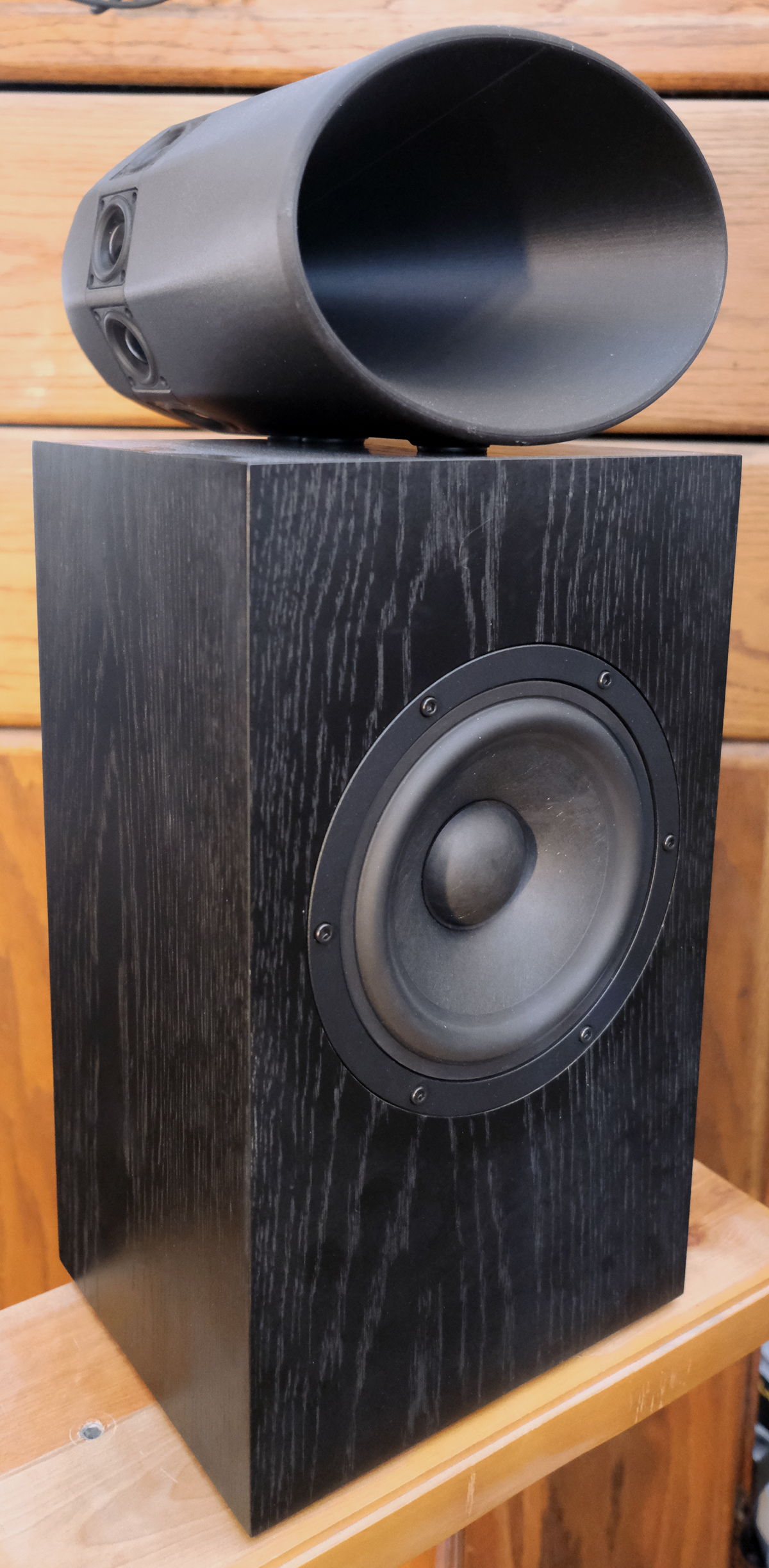
The first thing that will catch your attention about the Endow Audio Bravura 7.2 Microtower Point Array Speakers is their appearance. At initial glance, they appear to be a conventional box speaker with an unusual tweeter horn mounted atop, much like the upper-end B&W speakers. That unusual tweeter horn is the Point Array, and is where all the magic happens. In a conventional horn-loaded speaker, the horn is used like a megaphone to amplify the sound, which, as anyone who has heard or used a megaphone knows is accompanied by a certain amount of distortion in the midrange. In the case of the Bravura Point Array, the purpose of the horn is to focus the high frequencies from the 22mm tweeter creating a point source for a more solid image. The midrange is produced by an array of nine 1.5” midrange drivers that surrounds the tweeter at a 90° offset creating a halo of sound. The speaker cabinet below contains a 7” woofer and a custom-tuned 7” passive radiator (along with the crossovers at 6000Hz and 300Hz respectively) giving a solid yet articulate bass response down to 42Hz.
Price: $6,900/pr
Manufacturer’s Website: https://endowaudio.com/product/bravura-7/
Black Ice Audio Glass FX Tube DAC/DSD WiFi
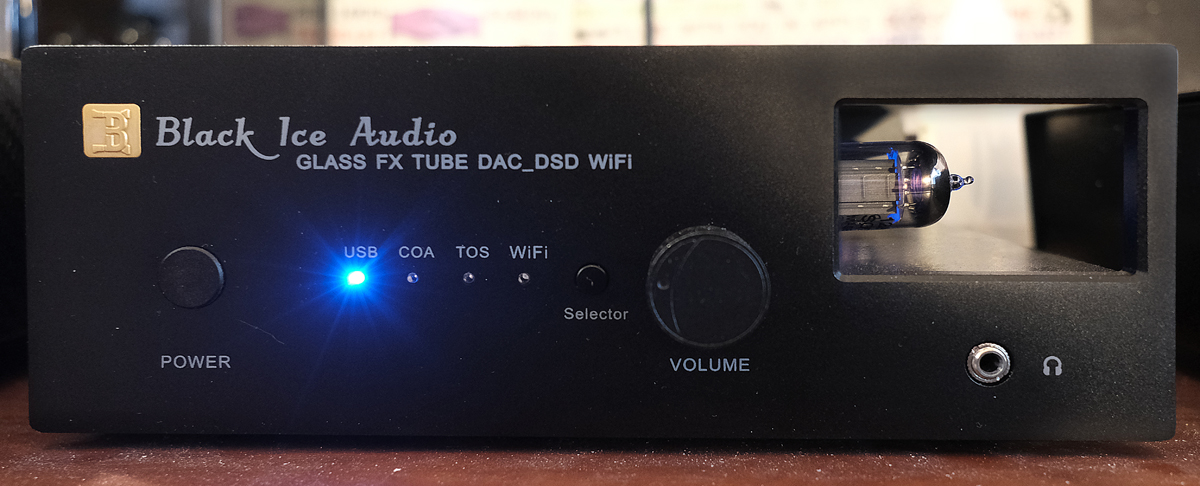
There is a truism of the audiophile community that you can never improve upon your source, IE: what you start with, is the best you are going to get, everything else is degradation, so your sound will only be as good as your source component. Black Ice Audio took this to heart by employing a pure tube (12AX7) analog stage which features an R Core Power Transformer which they say is the quietest and most reliable transformer on the market. Following the purist attitude the Glass FX Tube DAC/DSD WiFi uses separate specialized DACs for PCM and DSD, to wit, the legendary 32-bit/192kHz Burr-Brown PCM1795 DAC chip for PCM and a Savi Bravo SA9227 for DSD. The WiFi is Apple AirPlay Certified up to 32Bit/192kHz, and DSD 64/128 /IEEE 802.11n 2.4GHz DNLA compatible with downloadable software (BubbleUPnP).
For features, the Glass FX Tube DAC/DSD WiFi has four switchable inputs, TosLink, USB, Coaxial, and WiFi, as well as a headphone output from the 12AX7 amplifier (Note: the volume control affects both the line and headphone outputs and intended to be run at full output for line level implying that it is safe to do so while listening to headphones assuming that it is necessary, don’t have headphones plugged in while using the line output as this may overdrive the headphones in question).
Price: $899
Manufacturer’s Website: https://blackiceaudio.com/daccd-players/p/black-ice-glassfx-dac
SPECIFICATIONS:
Output Level: 0 V to 2.3V (±1dB, 47K ohms) (SIN SIGNAL 0dB SPDIF IN)
Frequency Response: 20-20 KHz (±0.5dB)
Bandwidth:10Hz to 70kHz + 1dB
Distortion THD: Less than 0.01% (1kHz)
Dynamic Range: 126 dB
Headphone Impedance: 30 ohms
Output Impedance: 1.25K @ 1KHz
SNR: >90dB ( 20Hz-20kHz)
Tube Complement: 2 x 12AX7
Power Requirements: 110V-120 VAC 60Hz or 220-240 VAC 50Hz
Dimensions: 8 inches wide by 7 inches deep by 3 inches high
Weight: 6 pounds (2.72 Kg) net, approximately 8 pounds (3.62 Kg) packaged
Warranty: 5 year limited parts and labor. 1 year or 1000 hours whichever comes first on Black Ice tubes.
Fuse: 110 – 120 VAC, .5 Amp Slow Blow; 200 – 240 VAC, .25 Amp Slow Blow, Size 5mm X 20mm
Black Ice Audio FOZ SS-X Sound Stage Expander

The Black Ice Audio FOZ SS-X Sound Stage Expander is an Audio Sound Processor circuit designed by legendary surround sound pioneer Jim Fosgate employing what they call a Dimension Pro Circuit which subtly adjusts absolute phase to create a wider (or narrower) soundstage to compensate for room acoustics. In keeping with Black Ice Audio’s strive for audio excellence Bourns Potentiometers are used and a (12AU7) Tube Buffer stage is included to create a more musical presentation.
To assist in setting up the FOZ SS-X there is a Logic Display with four LEDs that delineate Origination of Left Channel, Origination of Right Channel, In Phase, and Out of Phase Signals.
Not content with just Soundstage Expansion the FOZ SS-X has a low-frequency Bass Control that allows for 9 dB low bass (20Hz) increase or reduction.
For your convienence the FOZ SS-X has 3 Selectable Inputs.
Price: $550
Manufacturer’s Website: https://blackiceaudio.com/foz-line/p/black-ice-foz-ssx
SPECIFICATIONS:
Gain: Unity
Frequency Response: 2 Hz to 200 kHz – 3dB
Distortion THD: Less than 1% at 20 V output, 28Hz to 15KHz
Tube Complement: 1 x 12AU7
Power Requirements: 110V-120 VAC 60Hz or 220-240 VAC 50Hz
Dimensions: 9.25 inches (24 cm) wide by 5.75 inches (14.5cm) deep by 2.5 inches (6.5 cm) high
Weight: 4.75 pounds (2.1 Kg) net, approximately 6 pounds
Warranty: 5 year limited parts and labor. 1 year or 1000 hours whichever comes first on Black Ice Audio tubes.
Fuse: 110 – 120 VAC, .5 Amp Slow Blow; 200 – 240 VAC, .2 Amp Slow Blow, Size 5mm X 20mm
Black Ice Audio Fusion F11 Integrated Tube Amplifier
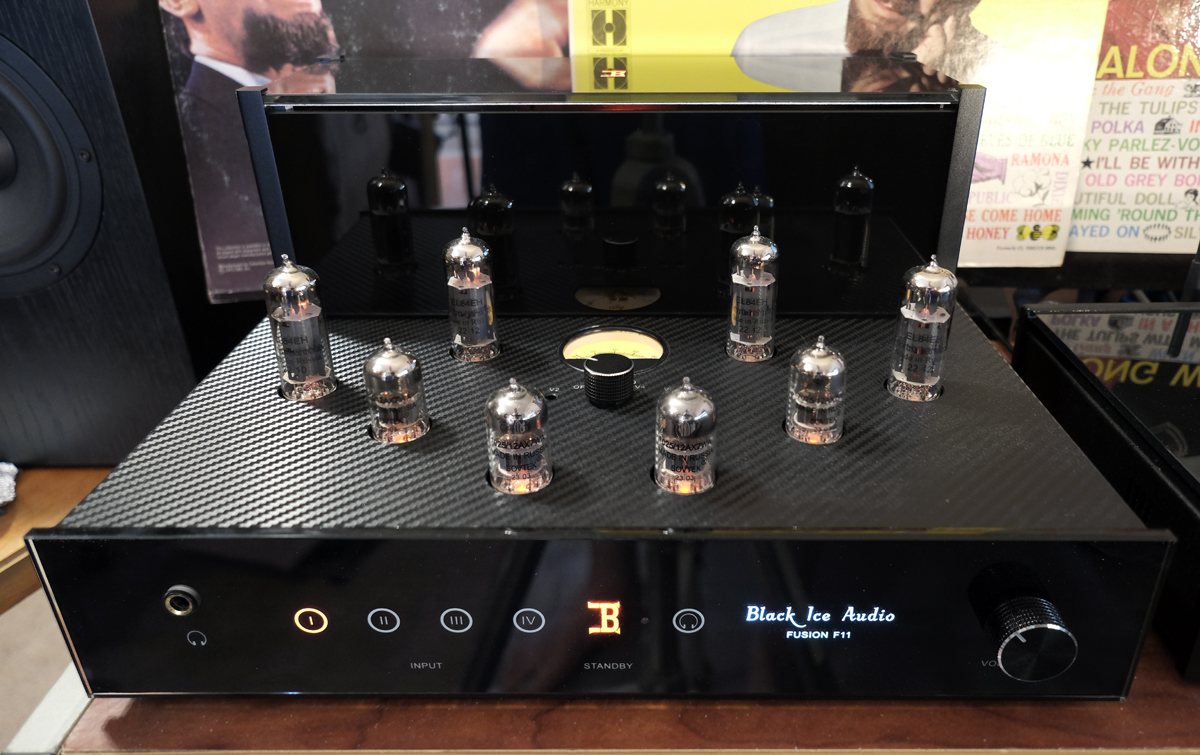
The pièce de résistance of the Black Ice Audio electronics was of course the Fusion F11 Integrated Tube Amplifier. While Black Ice Audio may seem like a new name to many, the company under its former name Jolida (a combination of the two original principle’s mother’s names), has a long history of making world-class tube amps at affordable prices. Unfortunately, a Chinese company stole their IP and violated their Trademark, which despite winning their case in China, caused Jolida to effect a name change.
Interestingly, one of the factors that led to the choice of the Fusion F11 was to show that an 18.5W tube amp was sufficient to run the Endow speakers. Not only that, but though Black Ice Audio offers tube upgrades in the form of Gold Lion EL84 tubes or Tung Sol 7189 tubes (which adds about 2 Watts to the output), the unit I was sent had the stock Electro-Harmonix EL84 tubes which they felt offered the best sound with the Bravura 7.2 during testing. For preamp tubes the stock preamp tubes are the Sovtek 12ax7wa and the Sovtek LPS, the unit I received was fitted with the 12ax7wa tubes.
In order to facilitate tube rolling, Black Ice Audio incorporated Exact Biasing into the design utilizing a centralized backlit Vu Meter and a Biasing selector switch to make checking the bias amperage in real time simple with a turn of the knob, adjustments to be made using the provided tuning wand. Black Ice Audio feels that the slight inconvenience of manual bias adjustment is well compensated by superior performance over the ease of auto-biasing.
To achieve their signature sound of transparency, accuracy, and musicality, Black Ice Audio employs their Odyssey Circuit which gives their pure tube amplifiers the bass performance of solid state. Only 4.5 dB of negative feedback is needed to control any oscillation because they only use 2 gain stages. Since simplicity and a shorter signal path mean efficiency as well as less opportunity for noise to be introduced, only two circuit boards are used: The control board signal/power supply board is integrated to lower the chance for failure and shorten the path for electrons to flow.
The Headphone Output is tapped off the output transformers using resistors to lower the voltage, no solid-state devices are used.
The Fusion F11 uses a unique Dual chassis design. Each chassis is 3mm thick with aluminum-backed glass on the transformer cover while the faceplate is steel-backed glass. LED backlit touch sensors make the front panel as sleek and smooth as possible giving it a seamless mirror finish. The unit can also be operated via a provided multi-function remote.
On the back panel, you will find four single-ended (RCA) inputs, a recording output, and a mono subwoofer output, along with the 8Ω and 4Ω five-way speaker binding posts, master power switch, and power cord receptical.
Price: $1,875
Manufacturer’s Website: https://blackiceaudio.com/integrated-amplifers-1/p/black-ice-fusion-f11-integrated
SPECIFICATIONS:
Maximum Power Output: 23 W per channel at 8 ohms, 25Hz to 60KHz with EL84 Tubes
Rated Output Power: 18.5 W per channel at 8 ohms, 25Hz to 60KHz with EL84 Tubes
Frequency Response: 8Hz to 130KHz + 1dB (at 1 watt into 8 ohms)
Bandwidth: 15Hz to 80KHz + 3dB; 0dB 19W 1KHz
Distortion THD: Less than 1% at 20 V output, 28Hz to 15KHz
Circuit Type: Fully Balanced differential push-pull
Inputs: 4x RCA
Input Impedance: 100Kohms
Input Sensitivity: 1V at 1KHz for 19 watt output
Output Impedance: 4 ohms and 8 ohms
Negative Feedback: Less than 4.5 dB
Noise and Hum: 95dB below rated output
Tube Complement: 4 x EL84 power output; 4 x 12AX7A/ECC83
Power Requirements: 110V-120 VAC 60Hz 6 watts-standby, 350 watts maximum (220 VAC 50Hz option)
Dimensions: 14.5 inches (37cm) wide by 11.5 inches (29cm) deep by 7.5 inches (19cm) high
Weight: 32 pounds (14.5 Kg) net, approximately 43 pounds (19.5 Kg) packaged
Warranty: 5 year limited parts and labor. 1 year or 1000 hours whichever comes first on Black Ice Audio Tubes.
Bias Settings: 30 milliamps + 3 mA for EL84 / 6BQ5
Fuse: 110 – 120 VAC, 6.3 Amp Slow Blow; 200 – 240 VAC, 3.15 Amp Slow Blow Size 5mm X 20mm
Audio Envy Cables
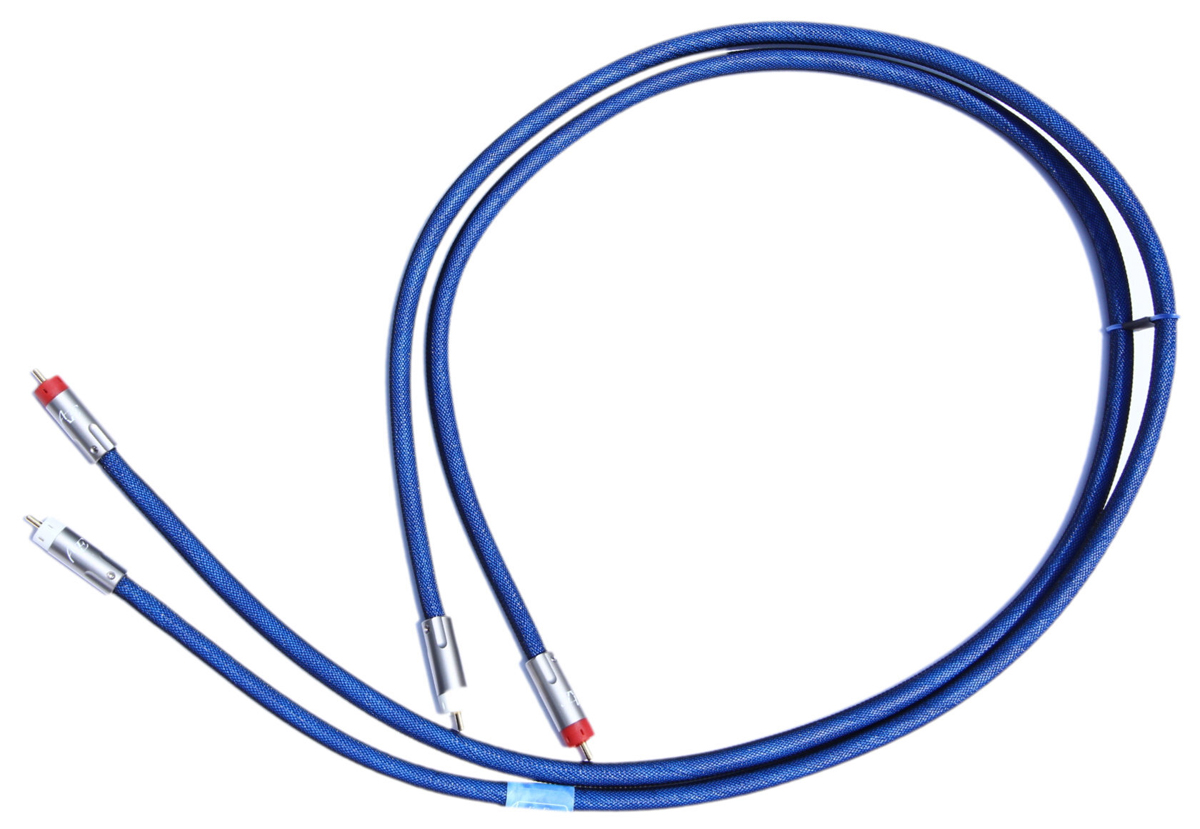
I have long belabored in these pages the fact that cable can make as much difference in the sound of a system as any other component short of the speakers, which being the weakest link in the audio chain have the greatest impact on the sound.
Audio Envy conducted a nine-year study to understand the influence that materials and geometry impose upon an electrical signal. Three basic principles became obvious during that time:
- When conductors are bundled up and crossed over in close proximity. It interferes with the electrical magnetic field, energy loss can be measured. It is best to minimize the burden.
- The insulation and adjacent material also affect the electrical magnetic field. The lowest dielectric constant offers the highest benefit.
- The size and quality of conductor will increase or decrease transient response.
They built over 250 different prototypes to test and learn from. In that process, they discovered ways to lower capacitance, reduce reflection, obtain linear resistance, and lower noise.
They focused on making their cable usable with their patented p. protective body which resists kinks and tangles. The results are cables that are lighter yet three times stronger than conventional designs. The copper itself is protected for life with a thin non-conductive coating.
Audio Envy cable is different from the typical cable in the fact that you can barely see the strands of copper because they are individually spaced out adhering to principle 1. Their Low-D Fiber insulation measures 1.3 in accordance with principle 2. And finally, the use of high-velocity OCC copper and the best connector budget allows puts them in compliance with principle 3.
The basic list of Audio Envy features is as follows:
- Core structure prevents cable from tangling and kinking. It has a high lateral strength of 300 pounds.
- Protective memory of the Live-series offers additional durability with excellent flexibility. There is a soft resistance that prompts the cable to its linear form; protecting the copper from deformation.
- Highly pure copper is refined to remove crystal and grain boundaries that cause signal distortion.
- Anti-corrosion coating is a very thin non-conductive coating that seals in the conductors to prevent the copper from oxidizing.
- Braided housing allows the cable to be lighter and more flexible than extruded PVC. It looks great and reduces the friction when pulling beside another tacky surface.
- Gold-plated copper connectors provide a more uniform sound transfer. Nickel coatings dull the sound, and silver coatings brighten the sound.
- Micro woven shield, that is sealed with a carbon coating over extremely fine threads, allows for dense coverage and flexible movement.
- Optimized signal flow gives a better sound when signal moves from the source to the destination. Many cables have a directional preference, but very few are identified to maximize sound quality.
- Low-D Fiber insulates every conductor, measuring at a 1.3 dielectric; decreasing electromagnetic interference and increasing the speed of transfer.
- Proprietary conductor arrangement. Reduces capacitance, and stranding distortions. Compacted copper strands used in most cables divides the signal into replications. The signals within each layer encounter variable capacitance, induction, and magnetic fields, providing an inconsistent medium. Audio Envy cable is designed to avoid this.
The cables used in this review were custom-made to meet the specific needs of the components involved and have yet to be offered for sale, but the plan is for them to become available in the near future so at present the price is TBA.
Manufacturer’s Website: https://audioenvy.com/
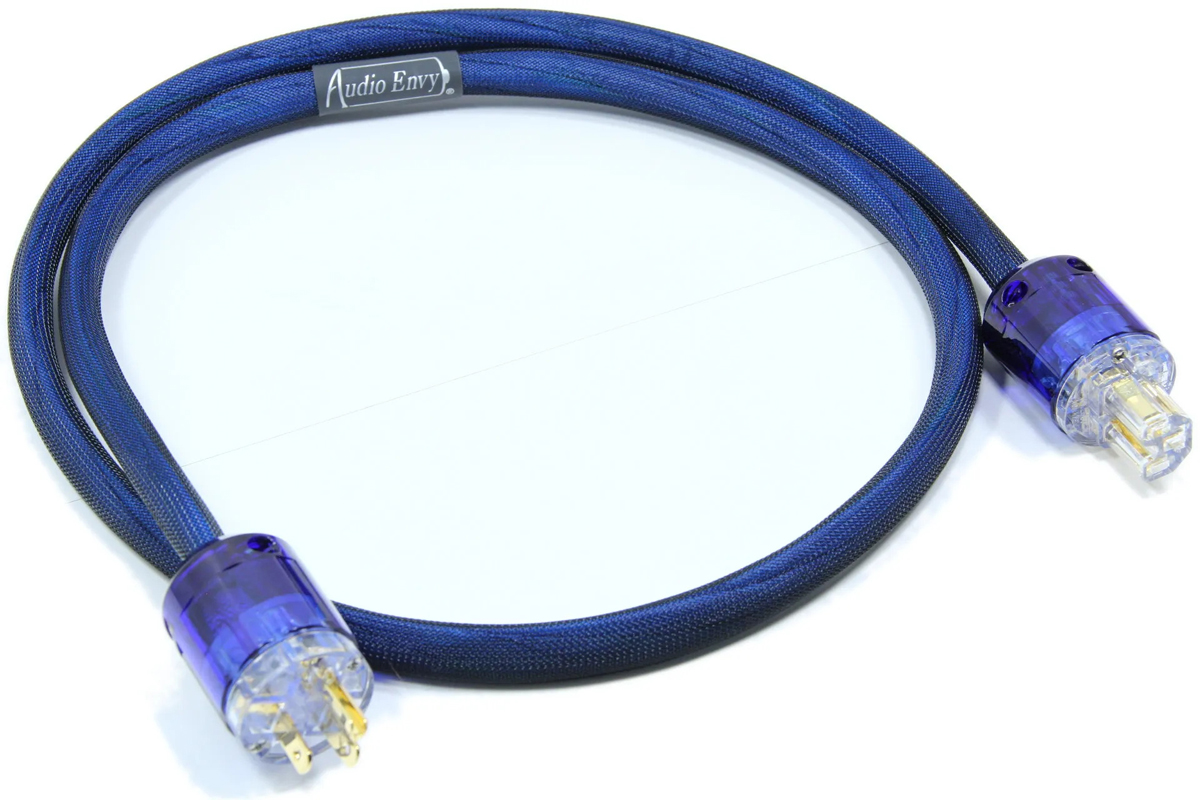
The Listening Tests
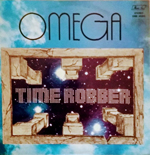
I ran the system for a couple of weeks as background to break everything in and fine-tune the bias, as well as the speaker placement. In the long run, due to the cable lengths and the setup of my room as to available power, I decided to set up the speakers in a near-field configuration with the speakers on axis. I began my formal listening tests with the FOZ SS-X set to neutral on both the sub-bass and dimension controls. Launching Qobuz I selected Hungarian Progressive Rock Band Omega’s “Time Robber” (16-Bit/44.1kHz – Qobuz). My first impressions as attested by the song “Late Night Show”, was overall musicality, with tight deep bottom end, a solid center image, and an intimate but expansive soundstage, as if I were in the room with the band, though at this point I was only listening at about ¼ volume, still the sound effectively filled my room, if not exactly live performance decibels. I could tell immediately that I was going to be in for a very pleasant experience.

Feeling that I needed something more in the Classical vein to properly gauge soundstage, I switched to Roger Eno’s (brother to Brian Eno) “The Skies, they shift like chords…” (24-Bit/96kHz – Qobuz). For this, I turned up the volume to a little less than halfway to get the full effect, but found myself backing off a little as the instruments sounded unnaturally loud. For “That Which is Hidden” I found myself front row in a massive hall, with the sounds coming from far beyond the confines of my small listening room. Interestingly, this recording had the phase lights on the FOZ SS-X flashing like a Christmas tree, far more active than anything I had previously played, despite the minimalist ambient performance. The timbre of the instruments was spot on, and the bass was deep, tight, and reverberant. While I have always been a big fan of Brian, Roger can now count me as a solid convert.

Returning to Rock & Roll I selected “Rewind Forward” (16-Bit/44.1kHz – Qobuz), the newest offering from Ringo Starr. This obviously tolerated a higher volume, but this made the soundstage a little narrow given the stage edge live feel so I decided to experiment with the FOZ SS-X and the effect was spectacular spreading out the musicians on the stage. On the other hand, the sub-bass EQ was subtle, and in the long run, I decided it was not a justifiable expense of power with this particular recording.
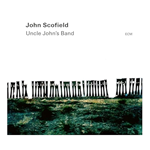
Unable to pass up an album called “Uncle John’s Band” (24-Bit/96kHz – Qobuz) I put on John Scofield’s latest recording, a collection of Jazz interpretations of classic Folk Rock tunes with Vicente Archer on Bass and Bill Stewart on Drums accompanying John’s guitar work. Once again the sound was dynamic and energetic while remaining extremely musical in a massive three-dimensional soundstage. Listening to the eponymous track “Uncle John’s Band” I could easily picture myself front row at the Monterey Jazz Festival or some equally epic outdoor stadium venue.
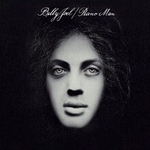
Moving to my regular test track list I opted for Billy Joel’s “Piano Man” (“Piano Man” – DSD) and was instantly transported to the studio with the piano about 10’ away and Billy’s vocal and harmonica up front. The realism of the soundstage has to be heard to be believed. I did have to push the volume up a bit to compensate for the lower gain of the DSD track, but this is fairly normal.
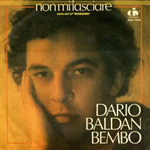
Next test was bandwidth and for this, I used Dario Baldan Bembo performing “Non Mi Lasciare” (16-Bit/44.1kHz). The sub-bass had excellent weight and depth, though in this case the sub-bass control on the FOZ SS-X definitely added flavor and impact which means that although the speaker rolls off at 41Hz it still reproduces signals low enough for that 20Hz EQ to make a difference. The piano was rich and full with a Baldwinesk tonality to it, and the extreme musicality of the system made Dario’s operatic vocal an absolute pleasure to listen to.
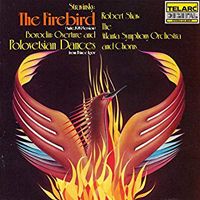
As a final test, it was time to break out my 24-Bit/96kHz vinyl rip of Robert Shaw & the Atlanta Symphony Orchestra performance of “The Firebird Suite” (“Stravinsky: The Firebird; Borodin: Music from Prince Igor”). Resetting the FOZ SS-X to neutral, and setting the volume to create the perfect soundstage, the sound was everything I hoped it would be, like being in one of the great concert halls of Europe. The tonal balance and timbre of instruments were dead on, with air around the musicians, allowing you to easily separate the myriad of similar-sounding competing woodwinds and horns both in sound and in space as they wove their individual melodies, with plenty of speed and dynamic range for the tympani strikes and crescendos. Simply put it was one of the best loudspeaker experiences I have had.
Conclusions
An audiophile sound system should be more than the sum of its components, and while each piece is spectacular in its own right, this system definitely accomplished that goal. With excellent dynamics, laser-precise imaging, an expansive soundstage easily adjustable to fit the type of music and volume you are listening to, with spot-on timbre and tonal balance this is an extremely enjoyable system to listen to.
There is a synergy between the tube components and these speakers that brings the whole system to a level above the average high-end system. I’ll admit, I was skeptical about the Black Ice Audio FOZ SS-X Sound Stage Expander, and considered bypassing it, but it turned out to be essential to a fully diverse listening experience.
True to their claims, the Endow Audio Bravura 7.2 Microtower Point Array Speakers do provide an unmatched live performance savoir-faire, with an intimate, yet extremely wide and deep soundstage that projects beyond the boundaries of your listening room.
I found the Black Ice Audio Glass FX Tube DAC/DSD WiFi to be magical with a sound that is usually reserved for DACs of significantly higher price.
Funny enough, or maybe not so surprising, the one component that performed exactly as expected was the Black Ice Audio Fusion F11 Integrated Tube Amplifier, which given the long history of Jolida making world-class tube amps at budget prices is probably understandable. Despite the relatively modest power output, there was never a point where the system did not meet my demands. While not ideal to fill a concert hall or hip-hop nightclub, the system should have no problems filling the average living room, even for the avid partier.
This system receives my full endorsement and recommendation, well done Endow Audio for compiling such a stellar system, and well done to both Black Ice Audio and Audio Envy for their indispensible participation.














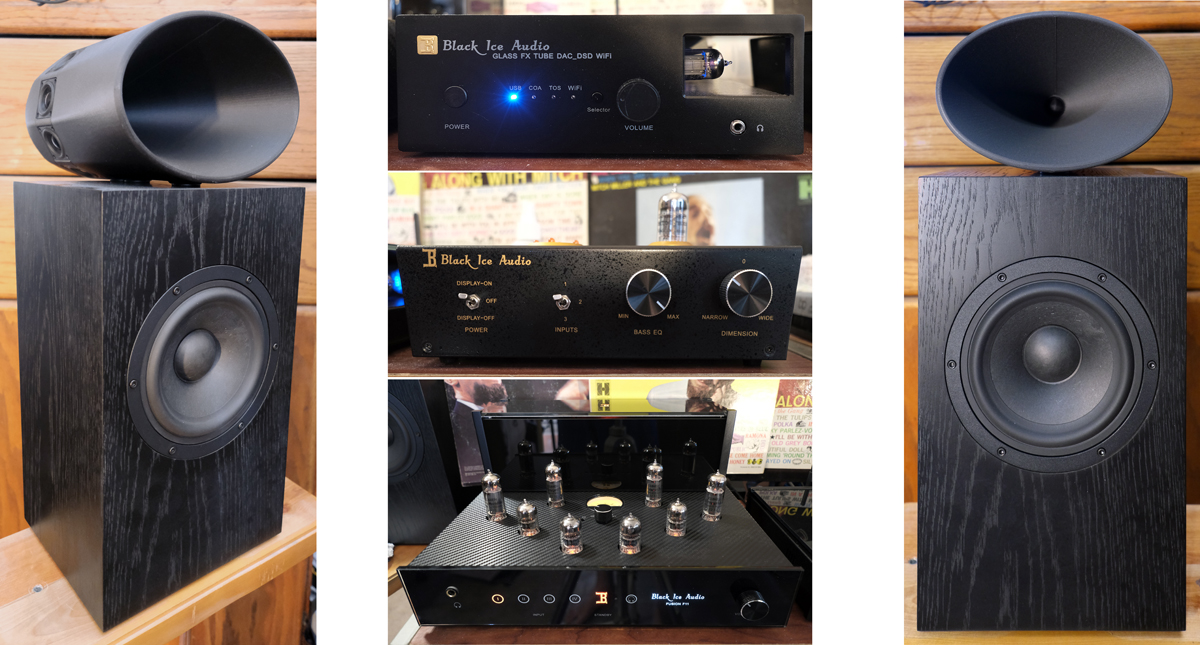
Reply
Want to join discussion?
Feel free to contribute!